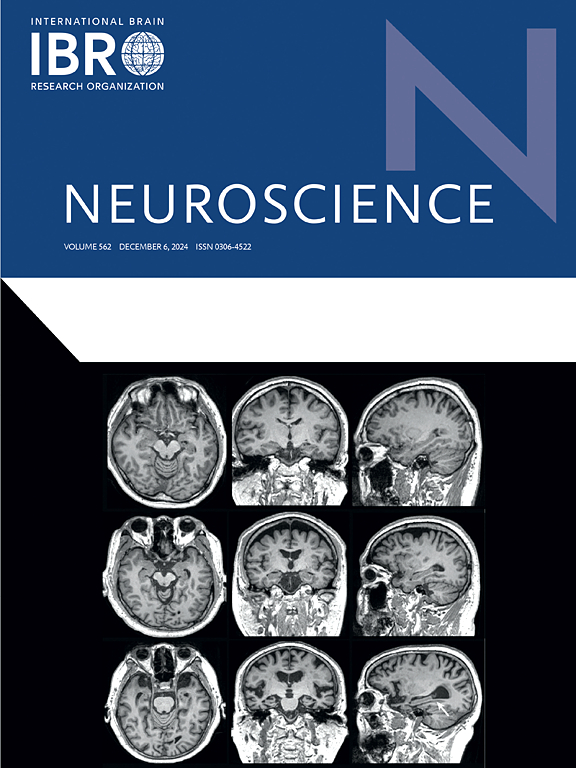Discovering genetically-supported drug targets for multisite chronic pain through multi-omics Mendelian randomization and single-cell RNA-sequencing
IF 2.9
3区 医学
Q2 NEUROSCIENCES
引用次数: 0
Abstract
Multisite chronic pain (MCP) is a highly prevalent disorder with substantial unmet therapeutic needs.We conducted multi-omics Mendelian randomization and Bayesian colocalization to identify potential therapeutic targets for MCP. Summary-level data of gene expressions and protein abundance levels were obtained from corresponding quantitative trait loci studies, respectively. Summary-level data for MCP was leveraged from the UK Biobank. The transcriptome-wide association study (TWAS), Mendelian randomization, and Bayesian colocalization approaches were applied to investigate the potential causal effects of gene expressions and protein levels on MCP in both blood and brain tissues. Phenome-wide Mendelian randomization analysis (MR-PheWAS), single-cell sequencing data, protein–protein interaction (PPI), and reaction pathway analysis were further conducted to digging the underlying mechanisms. Our analysis identified and validated two plasma targets for MCP, namely KLC1 and LANCL1, at both gene expression levels and protein levels across multi-methodologies. Moreover, MR-PheWAS observed additional benefits associated with these two targets. Through analyses based on single-cell sequencing data, we identified critical cell types for KLC1, primarily megakaryocytes, and neurons, notably linked to the axon guidance pathway, while LANCL1 showed associations with B lymphocytes, neurons, and the electron transport pathway. In dorsal root ganglions, we identified enrichments of both LANCL1 and KLC1 in putative silent nociceptors. The effects are possibly mediated through axonal transport and the activation of NMDARs, supported by PPI and reaction pathway analysis. Our multi-dimensional analysis suggests that genetically determined KLC1 and LANCL1 are causally linked to MCP risk, holding promise as appealing drug targets for MCP.

求助全文
约1分钟内获得全文
求助全文
来源期刊

Neuroscience
医学-神经科学
CiteScore
6.20
自引率
0.00%
发文量
394
审稿时长
52 days
期刊介绍:
Neuroscience publishes papers describing the results of original research on any aspect of the scientific study of the nervous system. Any paper, however short, will be considered for publication provided that it reports significant, new and carefully confirmed findings with full experimental details.
 求助内容:
求助内容: 应助结果提醒方式:
应助结果提醒方式:


